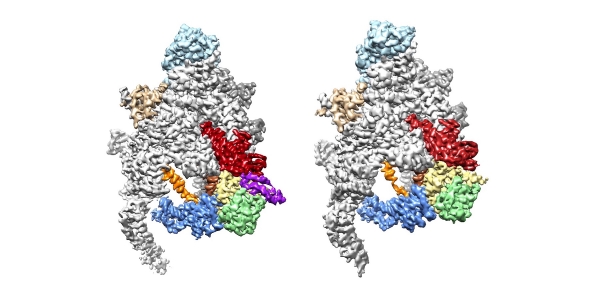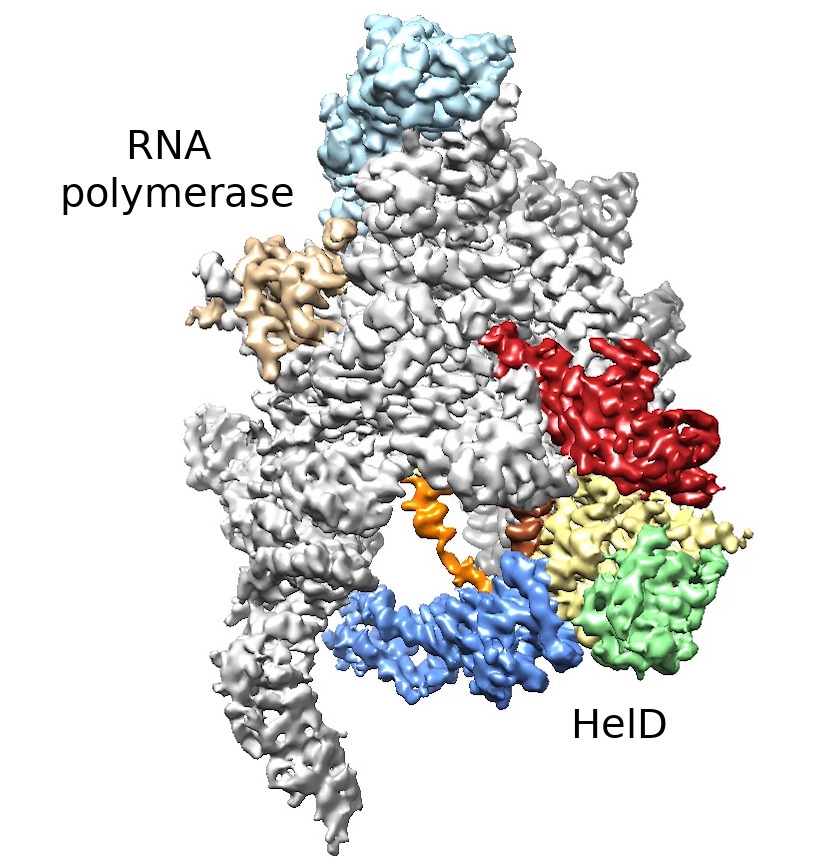New possibilities in fight against pathogenic bacteria
Wed Dec 09 13:16:40 CET 2020
Wed Dec 09 13:16:40 CET 2020

Three international research teams succeded in elucidation of a unique molecular mechanism, which enables bacteria, including pathogens, to maintain the flow of genetic information from DNA to RNA.
The discovery leads to new possibilities of development of the much needed antimicrobials against serious pathogens, including the causative agent of tuberculosis. Their discoveries have been published in the journal Nature Communications.
Life depends on the flow of the genetic information from DNA to RNA to proteins. The enzyme that is essential for the first step of this process is called RNA polymerase. To transcribe the genetic information in DNA into an RNA message, RNA polymerase needs to bind very tightly to DNA. Sometimes RNA polymerase does not complete transcription, and must be removed so that a new round of transcription, or DNA replication, can occur without colliding with the large stalled complex.
“Binding of protein HelD to RNA polymerase provides a fascinating view of a molecular 'grip', which completely disarms the complex essential for the existence of pathogenic bacteria. In this way a new possibility of pathogen inhibition opens up, utilizing these new structure-function data," explains Jan Dohnálek (IBT CAS).
Using cryogenic electron microscopy, three independent teams of researchers from Australia, the Czech Republic, and Germany have described the structure of a striking new complex between bacterial RNA polymerase and an accessory protein, HelD. The groups worked with a range of different components and organisms to gain a comprehensive understanding of how HelD uses a dramatic brute-force approach to prise open RNA polymerase and dislodge the tightly bound DNA and RNA.
This discovery provides an in-depth view of the bacterial transcription apparatus, and opens up pathways for development of urgently needed new antimicrobials capable of targeting serious pathogens such as the causative agent of tuberculosis.
Link to the article HERE.

RNA polymerase from bacterium Mycobacterium smegmatis in complex with HelD protein (parts of HelD are shown in red, yellow, green, blue, orange and brown). The molecules are represented as experimental electrostatic potential from 3D cryoelectron microscopy reconstruction.
